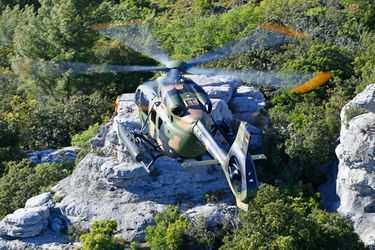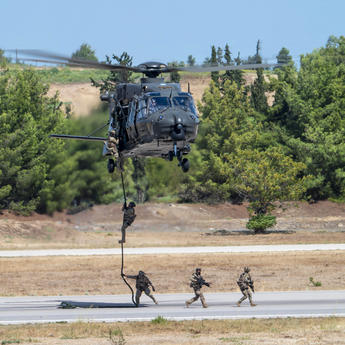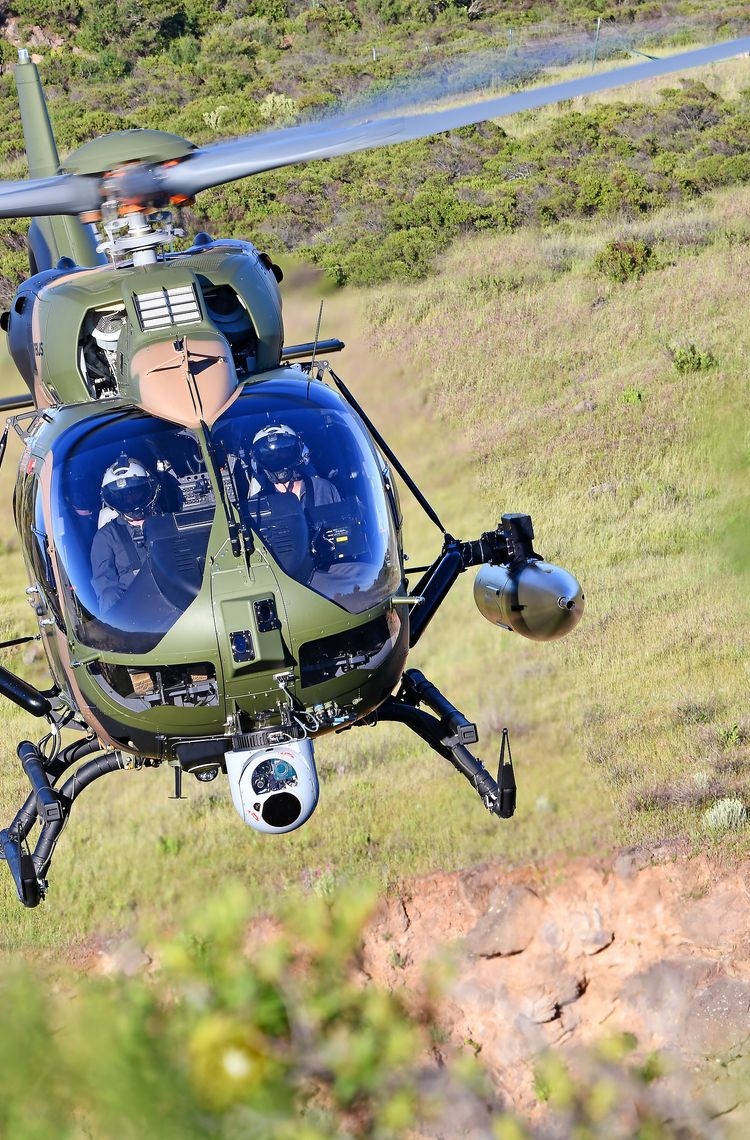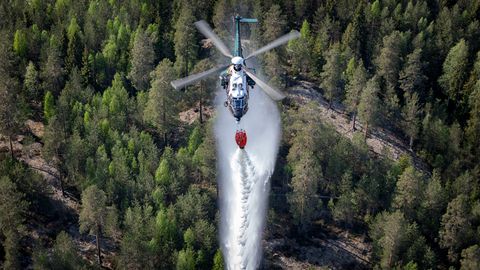In an increasingly uncertain world, militaries are looking for proven battlefield solutions to make a decisive impact. As a former captain in German army aviation with 12 years of experience, including tours of service in Afghanistan and a degree in mechanical engineering, H145M programme manager Constance Pinsdorf tells Rotor why this helicopter makes a difference in theatres of combat worldwide.
What are the advantages of the H145M?
Constance Pinsdorf: From search and rescue to light attack, armed escort to VIP and troop transport to training, the sheer variety of operations that the H145M performs is its key strength. One helicopter can fulfill many missions and can even be converted to implement a new role in just one hour. Connectivity is also a key strength, as is the digitalisation of the battlefield and the interoperability with ground forces—therefore the H145M is ready to handle datalinks like VMF (a kind of “whatsapp” for soldiers) or Link 16 and can display this information in a digital battlefield system directly inside the cockpit.
Of course the range of weaponry that the H145M can integrate increases the scope of missions that it can perform. HForce [modular weaponry] is very flexible in terms of integrating whichever weapons a customer might want, allowing operators to choose different options. The H145M offers both unguided and laser guided rockets, as well as 20mm cannon and 12.7mm gun. The main difference, compared to some of its competitors, is the Spike ER2, which has a firing range of up to 16 km, if controlled via radio frequency, or 10km, if controlled via fibre optic—depending on a customer’s operations. This allows the helicopter to eliminate targets from a distance without encountering enemy fire.

The H145M has performed lots of exercises for Manned Unmanned Teaming. Are there aspects of this helicopter that make it particularly suitable for this kind of interoperability?
Constance Pinsdorf: It is important for us to be unprejudiced and flexible in the platforms used for communication with drones. We are open to working with several kinds of platforms and we have already handled two drones in parallel. For these capabilities it’s essential to have an algorithm that can handle a drone by itself and supports the operator, so the crew won’t have to contend with additional workload; doing the mission and in parallel handling the drone. Therefore we are happy to have a strong partner who is working with us developing these algorithms. The next step should be the ALE capability (Air Launched Effects)—starting a drone, or drones, directly from the helicopter, not from the ground. We know for sure that we can handle one drone and even two different types of drone in parallel but if we have five, six, …eight drones—strong algorithms that are really mature become even more important.

The H145M is based on a civil helicopter - is it battlefield proven?
Constance Pinsdorf: Absolutely. It’s no secret that the H145M went to Afghanistan and Niger. It is militarily proven. We are in close contact with military regiments to understand how the helicopters were used and what can be improved (as a next step). The H145M is much more than a civil helicopter—we simply used civil advantages and merged them with military needs like installing a self-protection system [Electronic warfare system (EWS)] which includes laser-, radar- and missile-warners on board; LAPKs [light armament protection kits against 7.62mm] for the pilot, copilot and cabin; helmet mounted side displays; self-sealing supply tanks; encrypted communication and further capabilities. The H145M is much more than a civil helicopter with attached weapons.
The fact that everything is qualified and battlefield proven is a big advantage for the H145M. We are convinced that we made the right steps to find new serialised versions for future capabilities, which can be offered and delivered in upcoming contracts.
Latest Helicopters news
Continue Reading

Spanish Ministry of Defence orders 100 Airbus helicopters
Press Release
Helicopters
Spain is placing orders for 100 Airbus helicopters through the Directorate General for Armament and Material (DGAM) of the Ministry of Defence.
German Navy takes over first NH90 Sea Tiger
Press Release
Helicopters

Germany orders 20 additional Airbus H145M helicopters
Press Release
Helicopters

Greece signs NH90 follow on support contract
Press Release
Helicopters

Airbus to onboard Artificial Intelligence in French armed forces' information systems
Press Release
Defence

